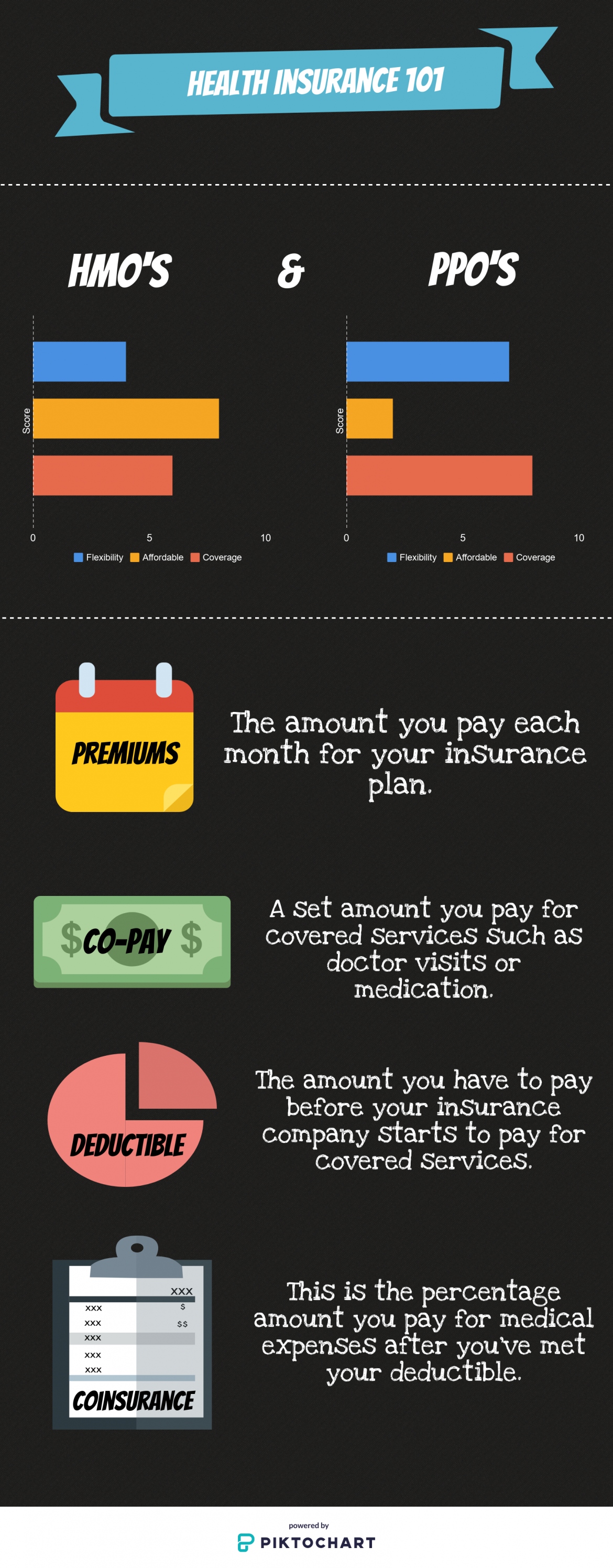The open enrollment deadline for health insurance in California ends Jan. 31 through Covered California, the health insurance marketplace.
According to Young Invincibles, a non-profit organization dedicated to health care education and reform, 2.8 million Californians are still without health insurance.
“The United States has the most expensive healthcare system in the world,” Professor Stephan Chung of the health administration department said. “Health insurance is important because without it you would have to pay for services out of pocket.”
President Trump’s recent efforts to rescind Obamacare and end the Affordable Care Act left many citizens questioning the future of their insurance status.
California residents can still enroll through Covered California, a health insurance marketplace where individuals can shop and compare plans. An initial application will determine Medi-Cal eligibility, a plan that covers essential health care benefits for low-income individuals and families.
Aside from Medi-Cal, health insurance can be cost-effective, “Covered California offers a reduced premium and huge subsidies based on your income,” Professor Chung said.
A report conducted by Covered California determined 80 percent of 18-34-year-olds were eligible for marketplace subsidies. Insurance plans are sold in four primary levels of coverage: bronze, silver, gold, and platinum.
Raymart Salvilla, 23, is a public health major thwarting common misconceptions about insurance, “The only confusing part is the fees involved,” Salvilla said. “People don’t know they have to pay co-pays.”
Each plan increases in value based on the medical expenses the insurance covers compared to the cost of co-pays and deductibles. For example, platinum level plans will incur higher monthly payments but medical care costs will be cheaper.
Silver plans are the most common for young Californians with 59 percent of 19-25-year-olds and 50 percent of 26-34-year-olds choosing this tier.
The government determined adults are financially independent at the age of 26 and as a result will have to enroll in their own insurance plans. Currently enrolled CSUN students can receive a variety of medical services at the Klotz student health center on campus at discounted rates for lab work and medications. Primary care visits, HIV testing, and emergency contraception are free of charge.
For more serious conditions and specialized care, a comprehensive insurance plan is recommended. Understanding insurance plans can be overwhelming when it comes to the terminology: HMOs, PPOs, co-pays, deductibles, and subsidies are some of the terms within contracts.
An HMO plan usually has lower monthly premiums and incurs less out of pocket expenses for medical services. With an HMO, the insurance company will refer individuals to a doctor within their network. PPO plans have higher monthly premiums but more flexibility in choosing care providers. Although, choosing a doctor or specialist out of the insurance network will incur extra charges.
A deductible is the amount an individual pays for medical services before the insurance company steps in to share the cost. For example, a plan with a $1,000 deductible means a patient will pay 100 percent of expenses until the bill reaches $1,000. The insurance company will help pay for additional services through coinsurance.
Coinsurance is the share of the cost of medical expenses once the deductible has been reached. If an insured patient is billed $1,000 and has met their deductible and requires additional services the insurance company will share the cost at a percentage rate. For example, if the insurance company pays 70 percent, the insured will pay 30 percent.
Co-pays are set rates the insurance company charges for specific health care services after the deductible has been paid. Insured individuals can be charged for prescriptions or doctor visits through their co-pay.
Subsidies were introduced by the Affordable Care Act in 2010 to help people pay their insurance costs. One subsidy is the premium tax credit which assists low-income individuals with their monthly premiums.
California residents can enroll in a health plan online at coveredca.com or with the help of an insurance specialist by calling 800-300-1506.
“If you do not have health insurance, you put yourself in a very vulnerable position,” Chung said.











